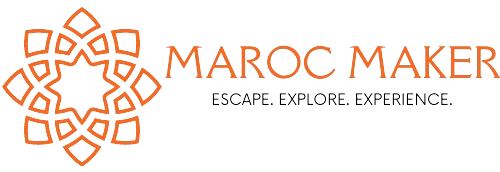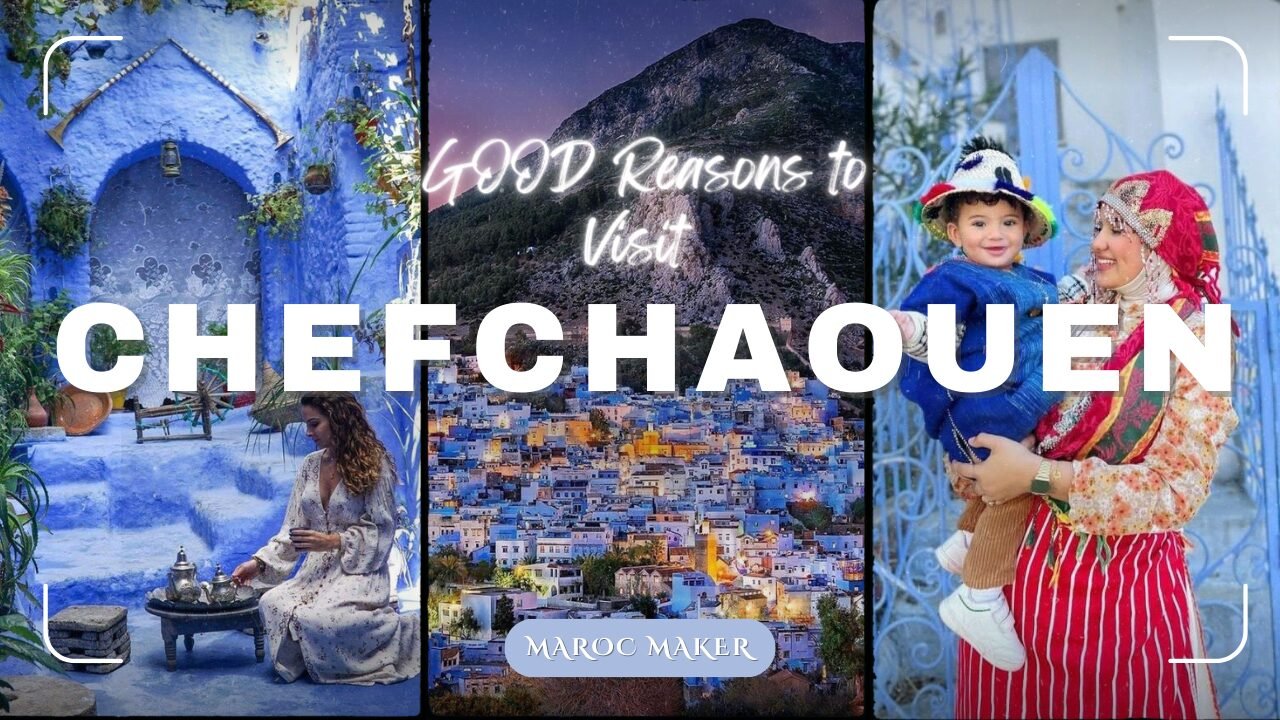Chefchaouen is surrounded by the Rif mountains where the peaks reach more than 2000 m. Gorges, caves, rivers, cedar and pine forests delight hikers, who are numerous in the region, from spring onwards.
THE PARADISE OF CHEFCHAOUEN
Chefchaouen is also a very picturesque city. Photo enthusiasts can take superb blue-tinged photos here. The craftsmanship is very rich and presents unique characteristics in Morocco. As for cooking, it is listed on UNESCO…

1 – HIKING
The province of Chefchaouen is located in the very north of Morocco, in the Tangier-Tetouan region. It is a mountainous and rural but also forested province, on the Jebala massif. Chefchaouen itself is 600 m above sea level, among high peaks.
This tourist town is a big draw for travelers looking for adventure. It is a starting point for many day hikes as well as multi-day treks through the Rif Mountains.

One of the most beautiful sites in the region is called Pont de Dieu. This natural bridge is above the Oued Farda, a watercourse of exceptional clarity and known for its magnificent gorges.
Hikers often go to Akchour, 30 or 40 minutes by car from Chefchaouen, but you can also reach the village on foot in a few hours, and take the opportunity to visit that of Kalaa, then discover the waterfalls. The excursion from Akchour to the waterfalls lasts 2h30 and is definitely sporty. But the place is superb and tired walkers can cool off in the water.
More experienced hikers can tackle the trails of the Tallasemtane Natural Park for several days. A guide is essential for this expedition at altitude and through the forests, on unmarked paths.
It is not a difficult hike but it takes 4 to 5 hours to reach the top of Jebel El Kelaa at an altitude of 1600 m, and admire a breathtaking view. You can climb this mountain on foot, from the north of Chefchaouen.
Other routes are possible and some are easy and short, but they most often require being accompanied by a local guide.
2 – THE MEDINA
Chefchaouen is a particularly authentic Moroccan town whose whitewashed house walls are also tinted blue with a mineral pigment called “smalt blue”. This bluish decor gives incredible charm to the streets of the medina, which you can visit by also taking stairs and very narrow streets. The doors of the houses are also blue, and some look like real works of art. Stop to admire them. It’s also an opportunity to take breaks because it’s a sloping city.

3 – CRAFTS
Relax on the terrace of one of the many cafes in Outa el Hammam Square, the heart of the city, from where you can see part of the El-Masjid El-Aadam mosque and the kasbah. It houses a sumptuous garden as well as the Chefchaouen ethnographic museum.
It is a captivating museum but, even better than a museum, Chefchaouen allows you to discover a living craft. Many creations cannot be found anywhere else in Morocco, mainly for wool clothing and blankets. The weaving workshops throughout the medina of Chefchaouen also make djellabas, which are extremely famous in Morocco. You can also find sublime embroidered creations, carpets and jewelry in Chefchaouen.

In addition to hikers, many travelers make a stopover in Chefchaouen specifically for this craft.
4 – GASTRONOMY
Chefchaouen is listed as an intangible cultural heritage of humanity by UNESCO, thanks to the Mediterranean diet.
In addition to spices, olive oil, fruits and vegetables, the agricultural lands of the province of Chefchaouen are a godsend for gourmets because there are many succulent and particularly healthy products.

The best known is Jban cheese, a fresh cheese, delicious and creamy, to spread on the traditional bread that is baked in Chefchaouen and to find it, just let yourself be guided by the smell…
5 – PRICES
Chefchaouen has hotels that suit all budgets. There are extremely economical accommodations and higher standard establishments. There are also stopover lodges for hikers and, if you go on a trek with a specialized agency, you will probably sleep with locals.



